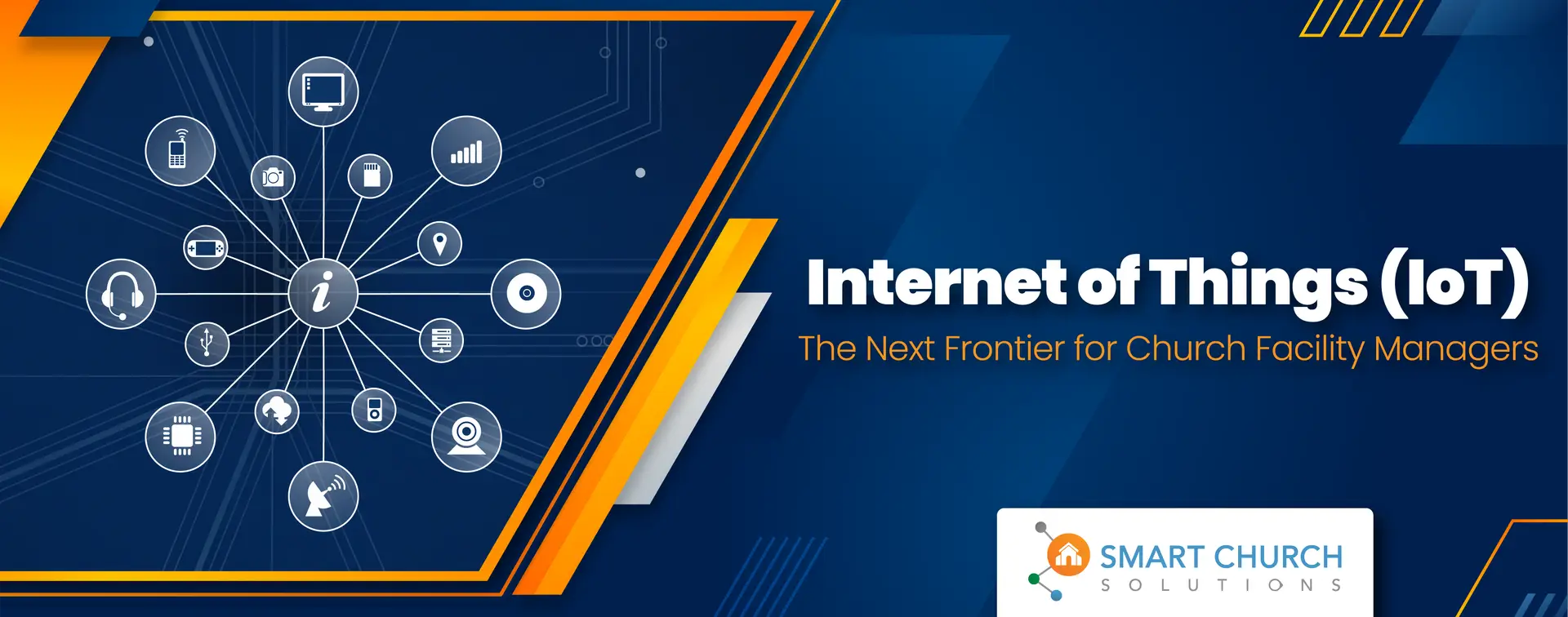Do you remember the first time you used text messaging? It was so cool to ditch the pager (do you remember them) and have a phone that could call and send texts. This was actually before the “smartphone” was introduced. You could send a short note from your cell phone to another cell phone.
This was so great, and it has grown like crazy since its introduction in the 1990s. However, as we look toward the future, it’s becoming increasingly clear that the next wave of adoption will be driven by the Internet of Things (IoT), a transformative force poised to revolutionize how we interact with the world around us.
Texting: The Mainstream Communication Tool
Once a novelty reserved for brief exchanges between mobile phone users, text messaging has firmly established itself as a mainstream communication tool with far-reaching implications across various industries. With the proliferation of smartphones and messaging apps, texting has evolved into a ubiquitous form of communication that transcends geographical boundaries and time zones.
One of the key reasons behind the widespread adoption of texting is its simplicity and ease of use. Unlike traditional forms of communication, such as phone calls or emails, which may require more time and effort to initiate and respond to, texting offers a quick and convenient way to convey information or engage in conversations on the go.
Moreover, texting has become deeply integrated into our daily routines, with studies showing that the average person checks their phone dozens of times a day, often in anticipation of incoming text messages. This level of engagement presents unprecedented opportunities for businesses to connect with their customers in real-time, whether sending promotional offers, providing order updates, or soliciting feedback.
For example, I was recently at a Panera for a bite and was given the option to have a text sent to me when the order was ready instead of using one of those annoying vibrating devices. The use of texting has far surpassed the initial uses, for sure.
IoT: The Next Level of Adoption
While texting has undoubtedly transformed how we communicate, the next frontier of innovation lies in IoT. At its core, IoT refers to the network of interconnected devices embedded with sensors, software, and other technologies that enable them to collect and exchange data autonomously.
What sets IoT apart from traditional communication channels is its ability to bridge the gap between the physical and digital worlds, opening up a myriad of possibilities for connectivity, automation, and intelligence. From smart homes and wearable devices to industrial sensors and autonomous vehicles and SMART Churches, IoT is reshaping how we interact with our environment, making it smarter, more efficient, and more responsive to our needs.
In the retail sector, for example, IoT-enabled devices such as smart shelves, beacons, and RFID tags are revolutionizing inventory management, enabling retailers to track stock levels in real-time, optimize shelf layouts, and enhance the overall shopping experience for customers.
In the healthcare industry, IoT devices such as remote patient monitoring systems and smart medical devices empower healthcare providers to deliver more personalized and proactive care, leading to better health outcomes and reduced healthcare costs.
IoT and Smart Churches
Furthermore, in churches, IoT technologies are being utilized to integrate HVAC controls into event management solutions such as the eSPACE Event Scheduler. Or how the Brivo access control system can be triggered by an approved event in eSPACE. Or how digital signage can display the events of the day that are already in the eSPACE events module. These IoT features are no longer the exception to Facility Stewardship (management) but are becoming the norm and expected means of communicating between the physical and digital worlds.
In conclusion, while texting was (and still is) the mainstream communication tool of today, offering unparalleled convenience and connectivity, the rise of IoT heralds a new era of innovation and disruption. By leveraging the power of interconnected devices, churches, schools, and other organizations benefit from enhanced efficiency, productivity, and cost savings. As we continue to embrace IoT technologies and explore their limitless potential, one thing is certain: the future of communication has never looked more exciting.








